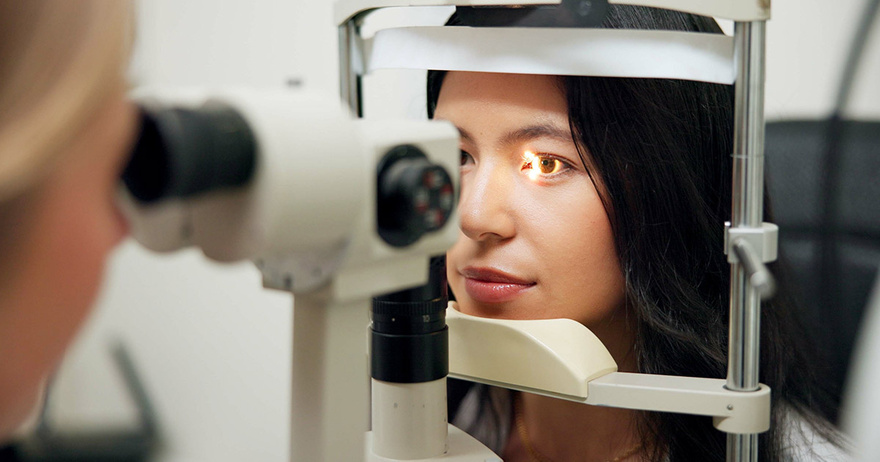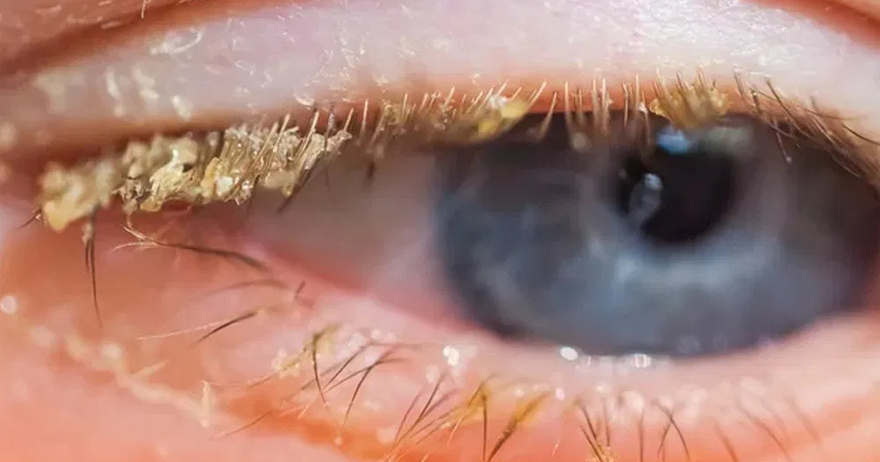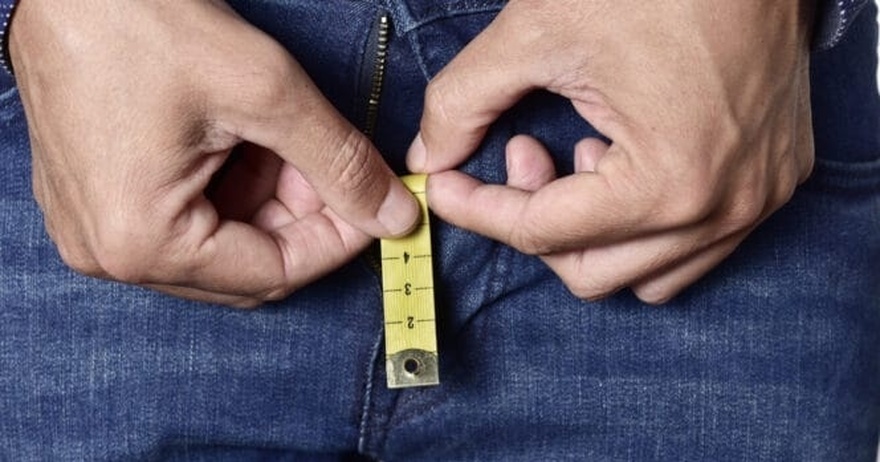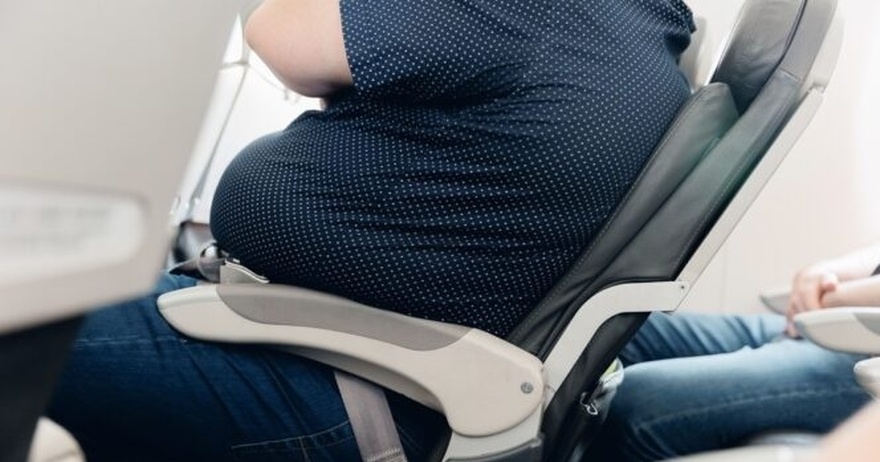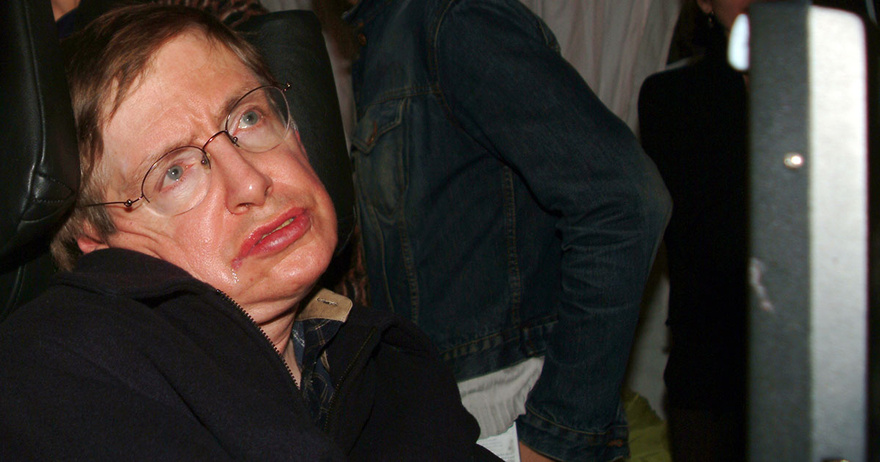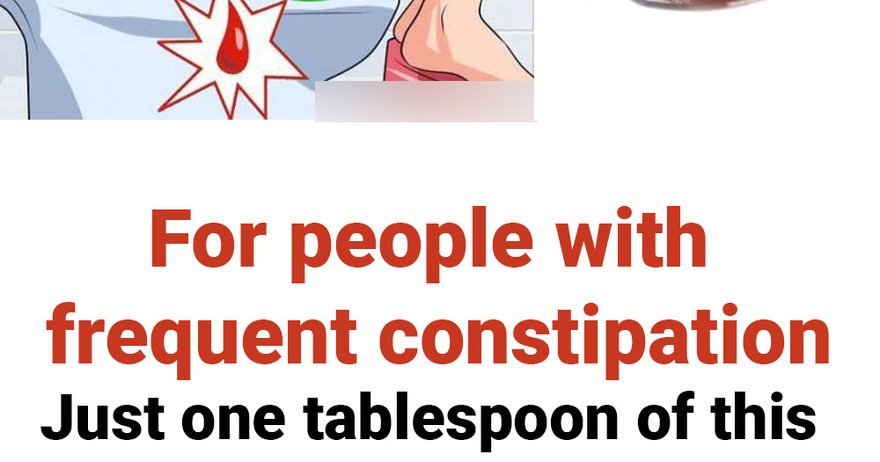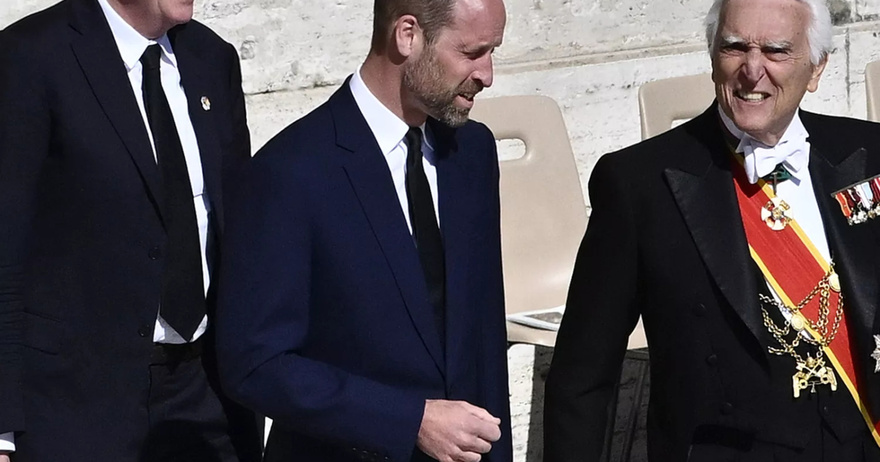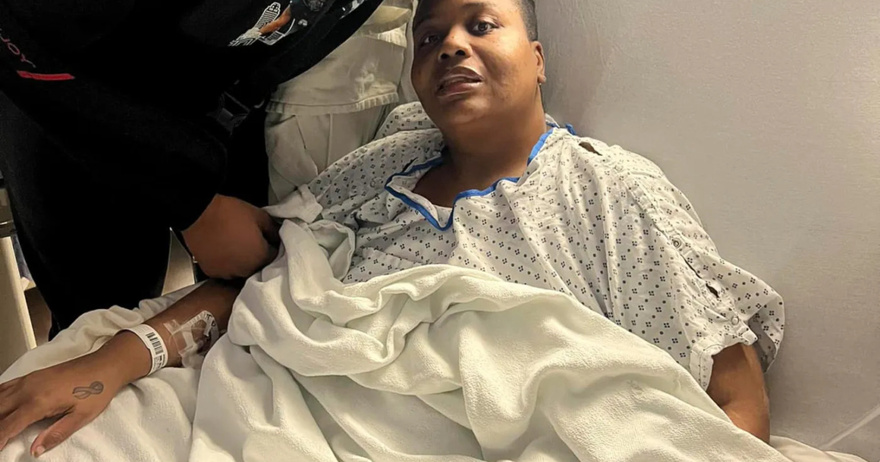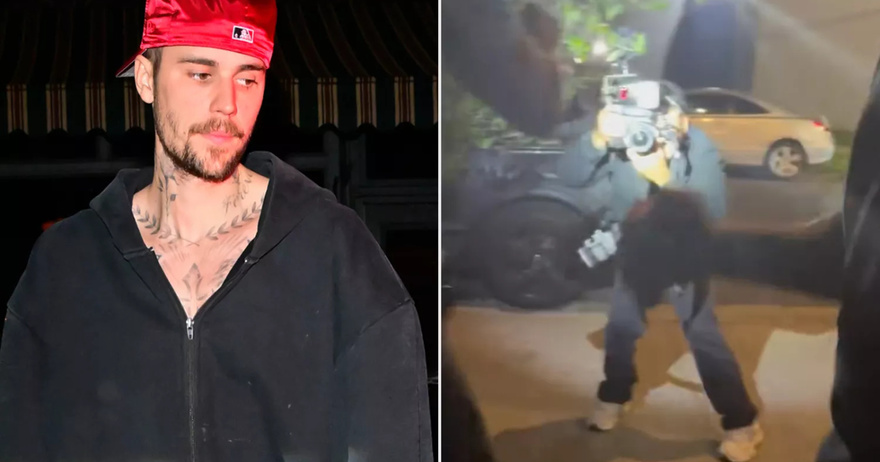Three patients with severe corneal damage had their eyesight dramatically improved thanks to a new innovative new stem cell transplant. The Japanese clinical trial is a world first, representing a great advancement in the field of stem cell research. Two years following the operation, no major complications have emerged. From the outside, all of the corneas appear much more clear than before.
The Stem Cell Transplant Study
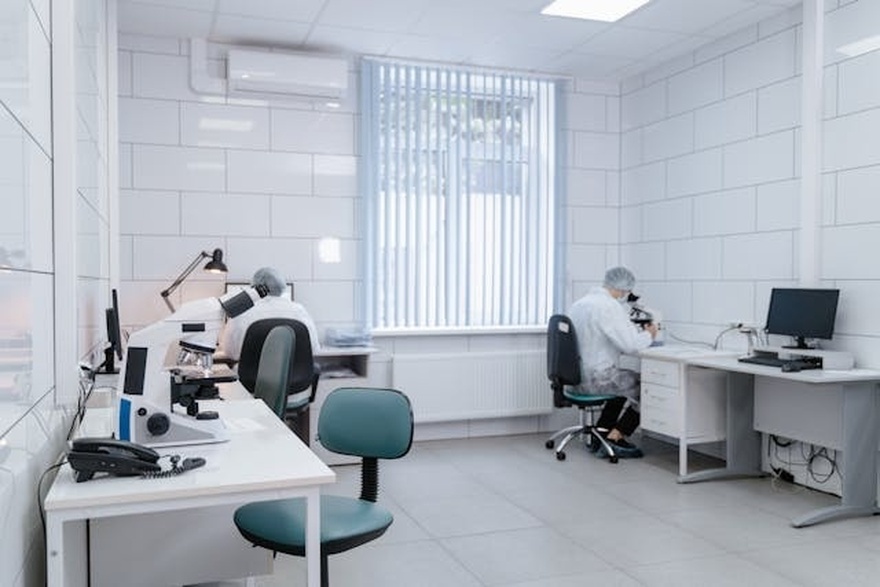
The study comprised four subjects, all of whom had limbal stem cell deficiency, a condition that produces scar tissue on the cornea. Think of the cornea as the eye’s ‘transparent window’ – the limbus would be the frame that holds the glass to the white ball. This framework additionally contains an abundance of stem cells. These cells are prepared to replace any worn-out units in the cornea. Without the protection of the limbal stem cells, progressive eyesight loss is unavoidable.
How We Currently Deal With Limbal Stem Cell Deficiency
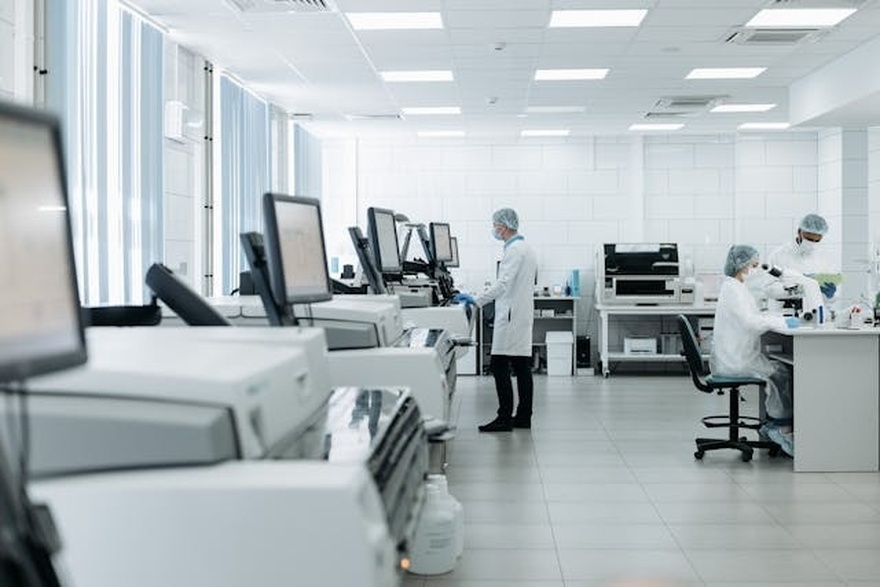
Currently, patients with Limbal Stem Cell Deficiency in one of their eyes can have their scar tissue surgically removed. It can then be replaced with a normally functioning corneal slice from the other eye. However, if the loss of limbal stem cells affects both eyes, a donor transplant becomes the only solution. The problem is that only 1 in 70 of the 12.7 million individuals who suffer from corneal-related vision loss worldwide have access to a transplant. And even those patients who do end up getting a transplant run the risk of rejection. This is where the possible application of induced pluripotent stem cells (iPSCs) enters the conversation.
The Role of Induced Pluripotent Stem Cells

These all-powerful cells are produced from the cells of any human body. Once these cells are reprogrammed into an embryonic-like state, they can multiply indefinitely. They can then convert into any kind of adult human cell, such as those found in the cornea. American researchers announced that they had used limbic stem cells to restore the vision of two people who suffered from corneal damage in 2023. A year later, their eyesight was still good. Things were taken another step forward when Japanese scientists from Osaka University Hospital, used induced pluripotent stem cells to restore vision. These induced pluripotent stem cells were derived from healthy blood cells. Their results were published in the Lancet.
How The Tests Work

The iPSCs were turned into corneal epithelial cell sheets in the lab. Following scar tissue removal, these sheets were then transplanted over the corneas of the patients. A protective contact lens was then added on top. Visual improvements were observed in all of the patients seven months after the transplants. However, after a year one of the patients’ eyesight started to worsen again. She initially had the most severe vision loss, prior to the transplants. The patients who displayed the most improvement in their vision were a 66-year-old man and a 44-year-old woman.
Potential Immunological Responses to the Transplant

The study’s researchers believe the other two patients did not improve as much as they could have due to a sneaky immunological response to the transplant. Except for steroids, no immunosuppressive medications were administered to any of the patients. Researchers used to use iPSCs from a patient’s own skin to repair vision in patients suffering from macula degeneration. However, this is the first time scientists have accomplished a similar achievement with this other type of vision loss. It was also accomplished without incorporating parts taken from the patient’s own cells.
The Bottom Line On Stem Cell Transplant

Although these studies are highly encouraging, these types of procedures are still extremely experimental and therefore potentially risky. Far more research is still required to determine whether they are safe and effective. According to the Japanese research team, “To our knowledge, this study provides the first description of iPSC-derived cell constructs being transplanted into or onto patients’ corneas, and it represents a promising future treatment option for individuals with an LSCD”. They are currently planning a multicenter clinical trial to expand on these promising findings.
